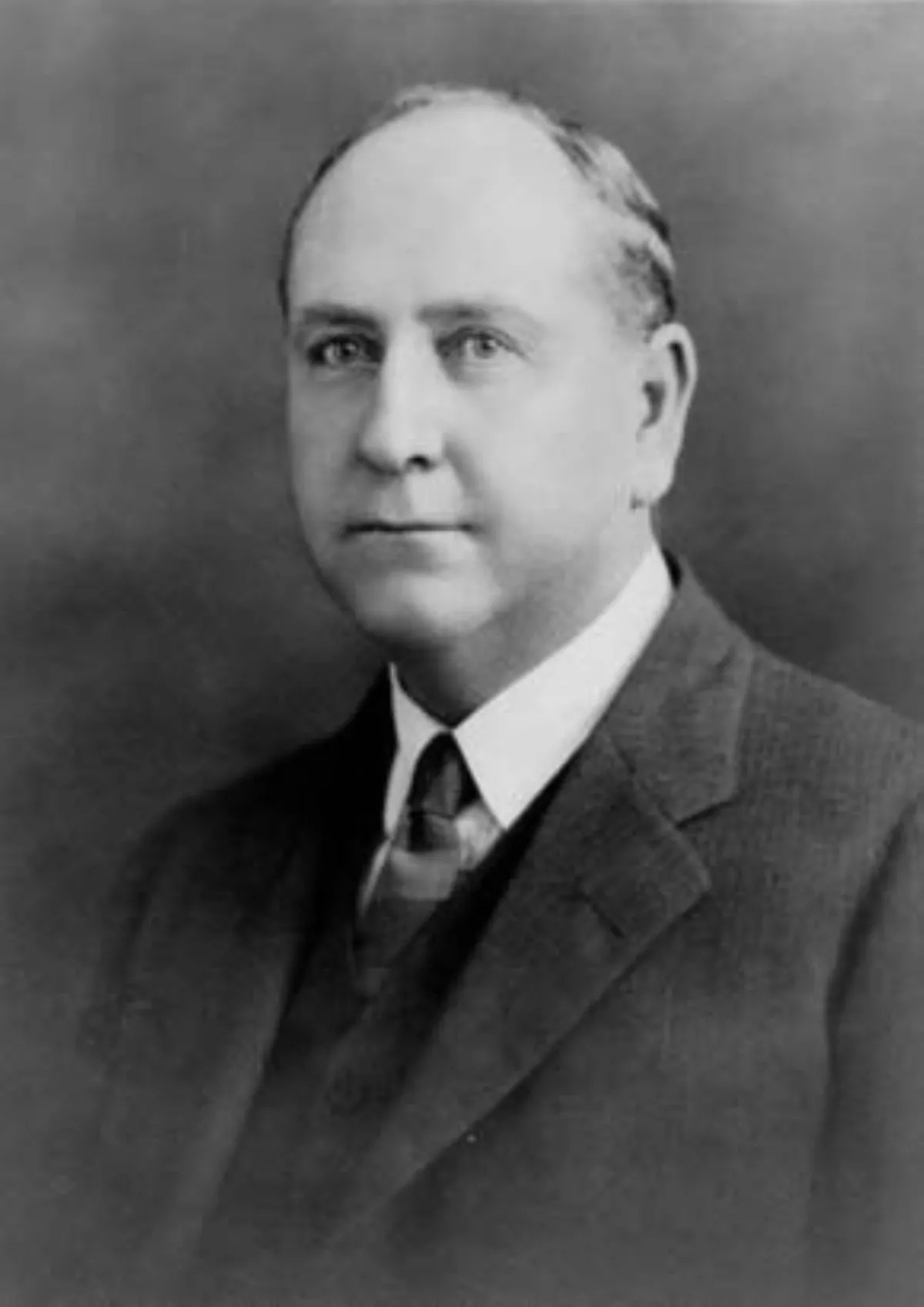 1.
1. Philip Collier was an Australian politician who served as the 14th Premier of Western Australia from 1924 to 1930 and from 1933 to 1936.

 1.
1. Philip Collier was an Australian politician who served as the 14th Premier of Western Australia from 1924 to 1930 and from 1933 to 1936.
Philip Collier was leader of the Labor Party from 1917 to 1936, and is Western Australia's longest-serving premier from that party.
Philip Collier became involved in the union movement on the Eastern Goldfields, and entered parliament at the 1905 state election, winning the seat of Boulder.
In 1911, Philip Collier became a minister in the government of John Scaddan.
Philip Collier replaced Scaddan as Labor leader in 1917, in the aftermath of the split over conscription, and became premier when Labor won the 1924 state election.
Philip Collier's government was returned to office three years later, but was defeated at the 1930 election.
Nevertheless Philip Collier continued to lead the state ALP, and regained the premiership after a Labor landslide in 1933, serving until his retirement in 1936.
Philip Collier's government was on good terms with trade unions, and its improvements to industrial arbitration laws have been credited with reducing the number of industrial disputes relative to other states.
Philip Collier himself was a political moderate, and borrowed policies from his predecessors in certain areas, notably rural development.
Philip Collier was born at Woodstock near Melbourne on 21 April 1873.
Philip Collier spent some time gold mining at Steiglitz, Victoria and then in New South Wales, and was later construction foreman of the Greater Melbourne Sewage Company at Northcote.
Philip Collier began to take an interest in the labor movement, joining the Labor Party and becoming founding secretary of the Northcote branch of the Political Labor Council.
Philip Collier was campaign director for at least three Labor candidates in State and Federal election, including Frank Anstey.
Philip Collier worked in the mines of the Perseverance Goldmining Company for around a year, becoming a member of the Boulder branch of the Amalgamated Workers' Association, and vice-president of the Goldfields Trades and Labour Council.
On 27 October 1905, Philip Collier was elected to the Western Australian Legislative Assembly for the seat of Boulder.
Philip Collier retained the seat until his death nearly 43 years later.
Philip Collier was appointed Minister for Mines and Minister for Railways in the Scaddan Ministry on 7 October 1911, exchanging the Railways portfolio for Water Supplies on 23 November 1914.
Philip Collier retained these portfolios until the defeat of the Scaddan government on 17 July 1916.
Philip Collier retained the leadership of the Labor party throughout the Liberal and nationalist governments of Frank Wilson, Henry Lefroy, Hal Colebatch and James Mitchell.
On 17 April 1924, the Labor party had a landslide election victory, and Philip Collier became Premier, Treasurer and Minister for Forests.
The Labor party was defeated by Mitchell in the election of 23 April 1930, whereupon Philip Collier resumed as Leader of the Opposition.
Philip Collier won another term as Premier in the election of 24 April 1933.
Philip Collier resigned as premier and leader of the Labor party on 19 August 1936, handing over to John Willcock.
Mitchell and Philip Collier are together credited with achieving an unusual degree of friendship and cooperation between parties during the 1920s and 1930s, which was most clearly demonstrated by Philip Collier recommending Mitchell's appointment as Lieutenant-Governor in 1933.
Philip Collier died at Mount Lawley on 18 October 1948, and was buried in Karrakatta Cemetery.